Fall Protection For Loading Flatbed Trailers
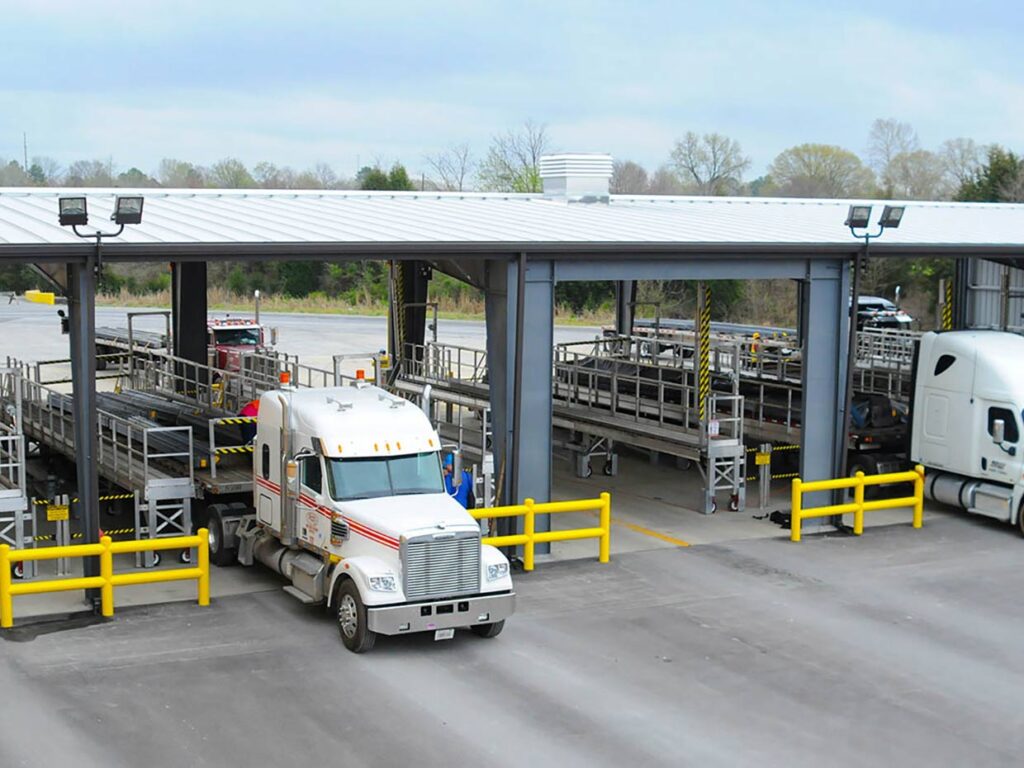
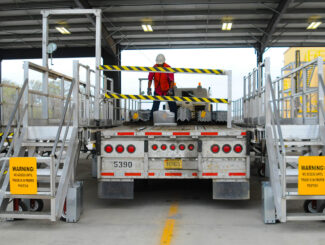
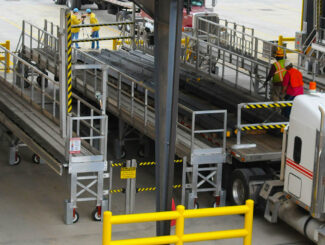
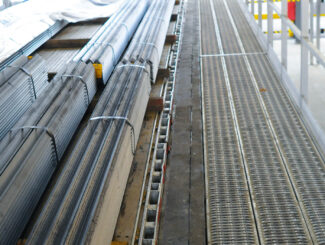
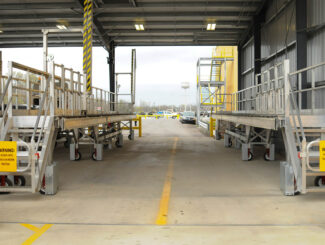
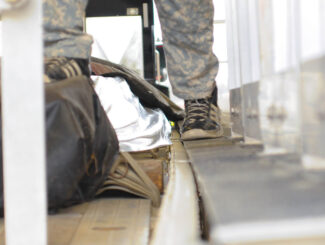
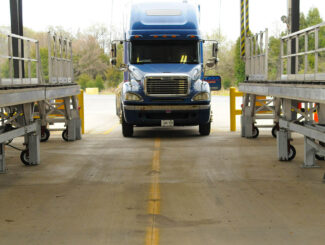
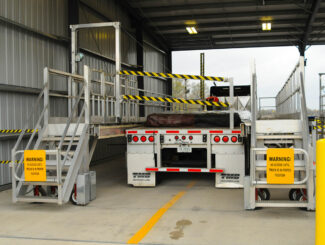
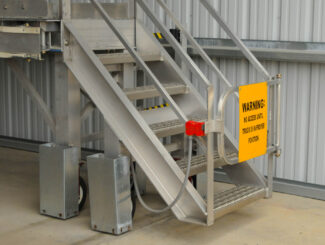
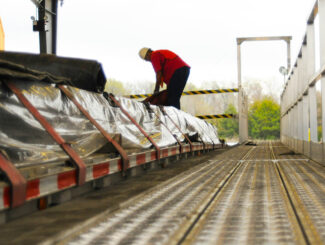
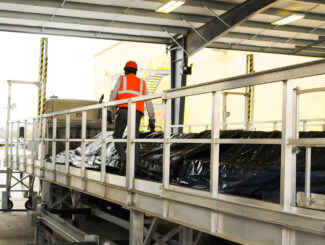
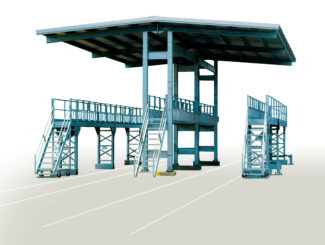
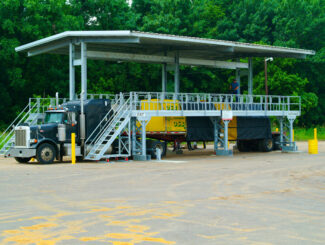
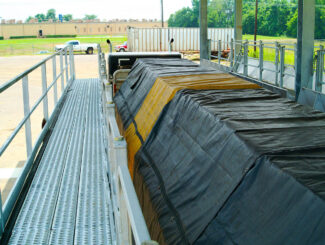
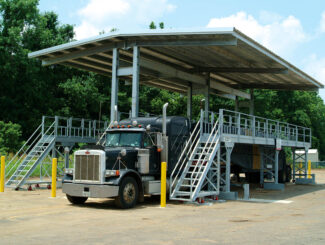
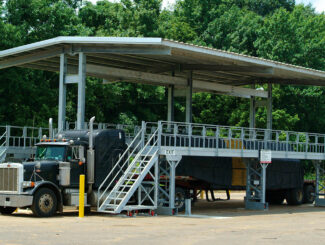
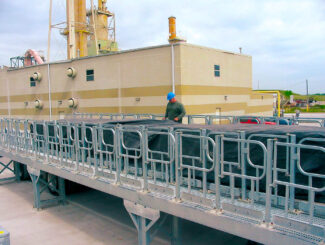
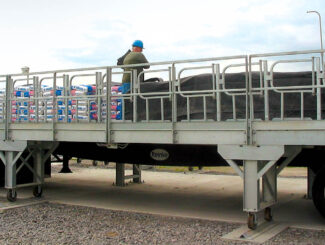
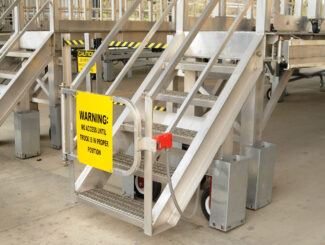


Stop a Fall from Flatbed Trailers
Reasons to choose Flatbed Truck Personal Fall Protection System from Carbis.
If your operation utilizes flatbed carriers, how are you preventing the following scenario? A truck pulls onto your facility and products are loaded onto the flatbed trailer. The driver climbs onto the bed of the truck to tarp the load. Then he or she loses their footing and falls.
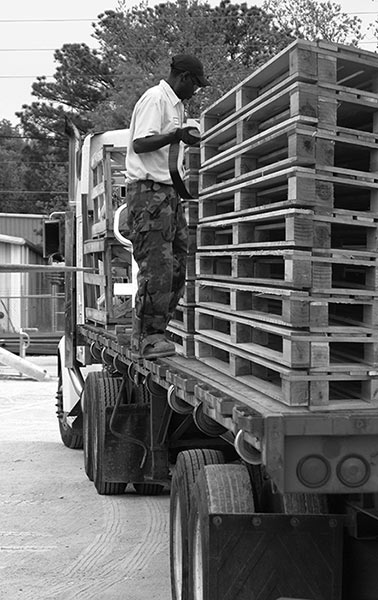 The fall might be not so far but the consequences could take you into all kinds of unchartered territory. Hospital and insurance fees for the driver. Your own insurance costs because the accident happened on your premises. Potentially a full safety audit of your entire operation.
The fall might be not so far but the consequences could take you into all kinds of unchartered territory. Hospital and insurance fees for the driver. Your own insurance costs because the accident happened on your premises. Potentially a full safety audit of your entire operation.
The list goes on and they are certainly not liabilities you want to expose your company to without protection.
Stop the Fall: The Facts in Short
- A fall from the height of an average trailer is enough to seriously injure or even kill an operative.
- The Occupational Health and Safety Administration (OSHA) requires all drivers and any other employees to be fully protected.
- If full protection is not in place, OSHA has the power to levy large fines on your loading company.
- The loading area where an accident takes place could be shut down entirely, preventing products from leaving your facility and hitting the profitability of your company.
- A fall injury could even lead to a full facility safety audit.
Stay safer with Carbis Flatbed Trailer Protection Solutions
This is why we have developed our safe access system to protect anyone accessing the back of their truck from accidental falls.
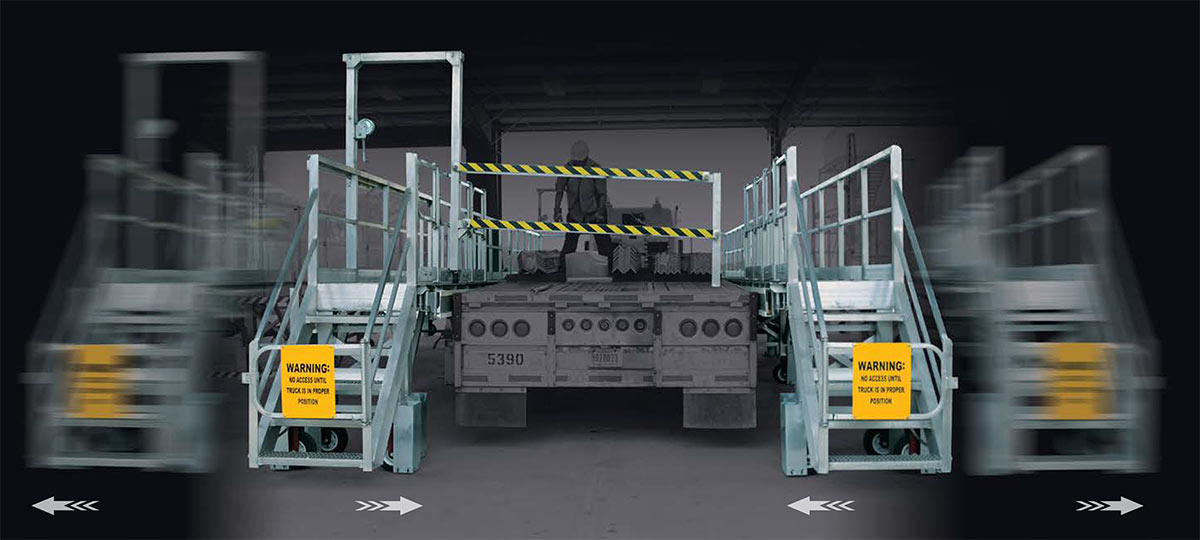
It may not look so high, but in our experience, a fall could badly injure or even kill an employee. We also want to protect any costs to your company if someone gets hurt on your premises. It could shut down a loading area while it’s being investigated and stop any new shipments from being dispatched.
A terrible accident for the driver and a revenue loss – or worse – for your business.
Our flatbed fall protection system
Flatbed trailers are versatile and can handle a wide variety of oversized and uniquely shaped materials easily. Unfortunately, due to the open nature of a flatbed many of these items need to be tarped to protect them from the elements as they travel to your customer. Experience shows that unprotected flatbed trailers create a serious fall hazard for the operator.
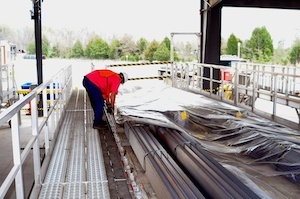 That’s why we have developed our Flatbed Fall Protection and Access Platforms to create a ‘sandwich (protection solution)’ around the truck to give the driver or other operatives access to all areas of the flatbed trailer without exposure to a fall.
That’s why we have developed our Flatbed Fall Protection and Access Platforms to create a ‘sandwich (protection solution)’ around the truck to give the driver or other operatives access to all areas of the flatbed trailer without exposure to a fall.
Our flatbed truck trailer fall protection systems are available with end stairs and swing gates to prevent the unit from being used until the platforms are in position. Manual or power-operated systems…optional push button operation begins the process and sounds an alarm to alert others in the area that the unit is moving. The pressure-sensitive plates on each platform then prevent gapping and damage to the truck, while allowing for slight misspotting. Once the unit is locked into place, the swing gates can be operated and the tarping can begin with easy access and reduce fall hazards.
Flatbed Trailer Tarping Platform
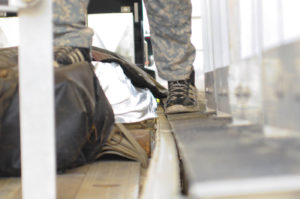 A safer working surface next to the flatbed trailer with access to the trailer’s bed is made possible for drivers by the Flatbed Access Platform System. To keep the driver safer, the trailer’s area is enclosed by strong metal platforms featuring non-skid surfaces and side guardrails.
A safer working surface next to the flatbed trailer with access to the trailer’s bed is made possible for drivers by the Flatbed Access Platform System. To keep the driver safer, the trailer’s area is enclosed by strong metal platforms featuring non-skid surfaces and side guardrails.
These safety features allow drivers to inspect loads, tarp flatbeds, and perform other job duties while ensuring fall prevention. Trying to spread a tarp over a flatbed load can be dangerous because of shifting contents that may have uneven or slippery surfaces. Once the flatbed is positioned between two platforms, one operator using a remote can sandwich the trailer between the two platforms by adjusting them horizontally. At that point, a driver can safely reach the load for tarping, inspecting, or sampling.
Let us design a truck fall protection system around your specific needs
Flatbed Fall Prevention and Access Platform solutions don’t just come off the shelf. We have the teams in place to work with you and tailor our platforms to the exact needs of your business, your loading areas, and the particular trucks driving through.
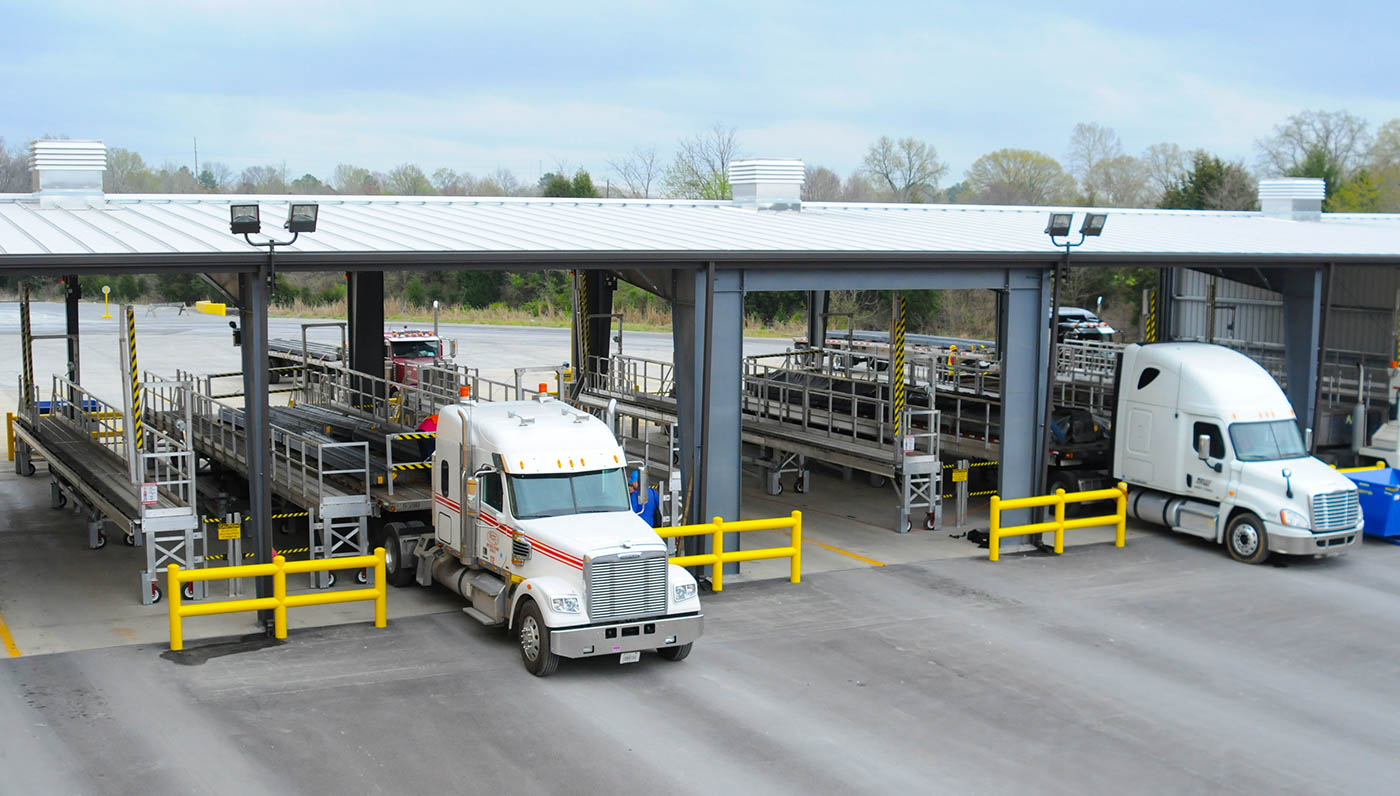
Call us at 1.800.948.7750 for a no-commitment conversation about workplace safety and the systems or custom safety solutions available.
The Danger is Real
Just getting onto the flatbed poses a risk of falling if there’s not a properly installed flatbed ladder. Then come the dangers of walking on the load. The following are just a few examples that illustrate the dangers that drivers face.
These injuries were documented by The Department of Labor and Industries in Washington State in 2007 yet they are still representative of the everyday dangers drivers face and the monetary repercussions for their employers today. You can tell by the drivers’ ages that they are probably not beginners (we have changed their first names).
Michael
A 49-year-old truck driver was tarping a load when the wind blew the tarp causing the driver to fall. He landed on one shoulder, spraining it, and later developed serious complications. Workers’ compensation costs were $170,000 plus more than four years of time loss.
Larry
A 45-year-old driver was manually tarping a load of steel tubing, and the heel of his boot got caught on a load strap. He fell to the pavement spraining his neck, shoulder, and back. Workers’ compensation costs were $28,000 including 40 weeks of time loss.
Randy
A 40-year-old driver, tarping a load of wood chips, fell from the catwalk, landed on his outstretched arm, and broke his wrist. Workers’ compensation costs were $9,000, including 8 weeks of time loss.



